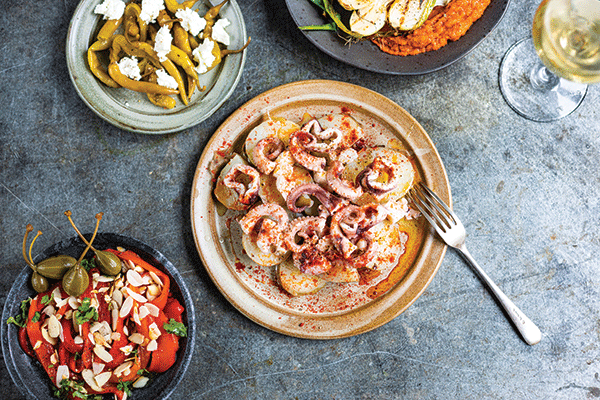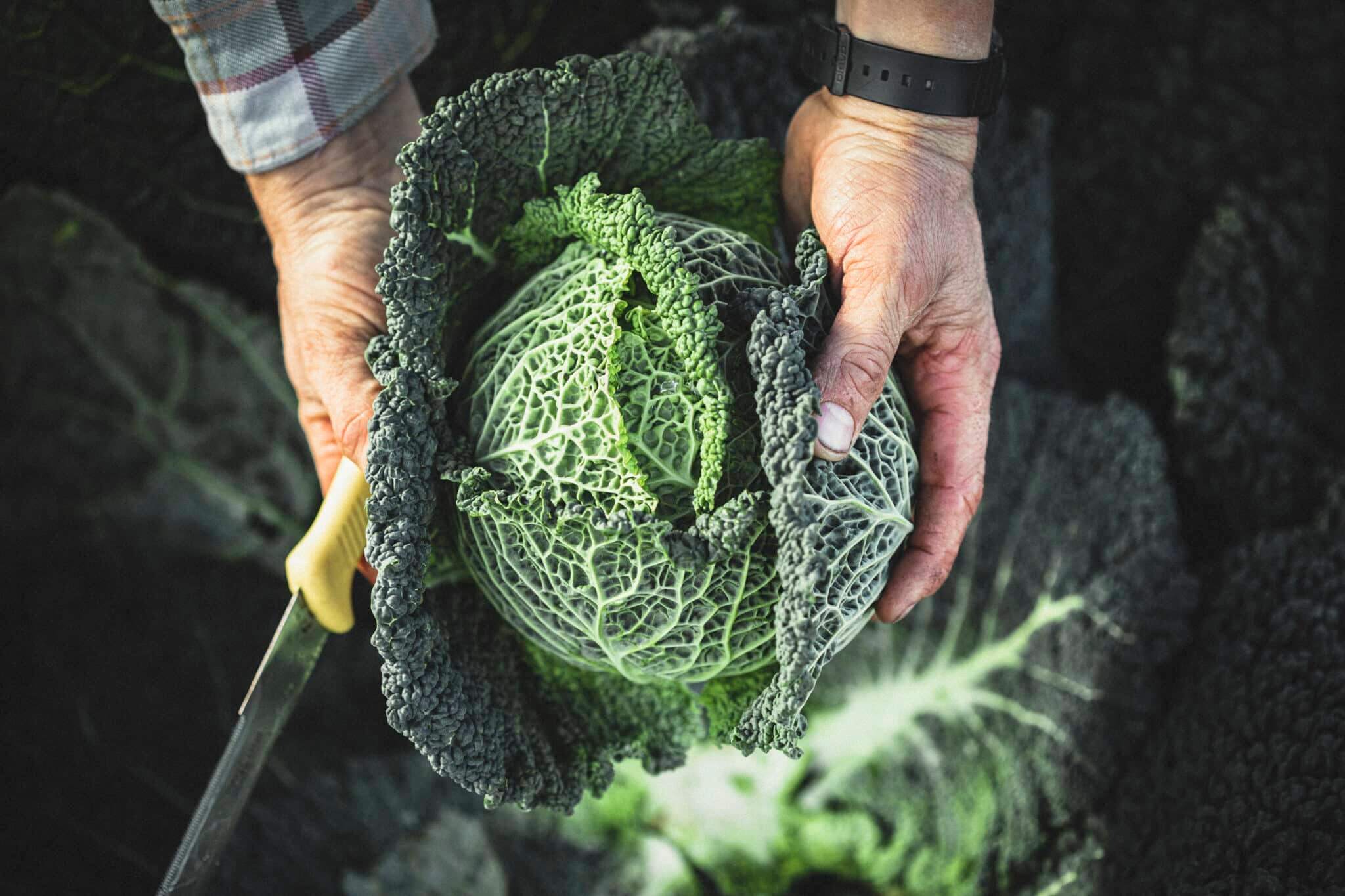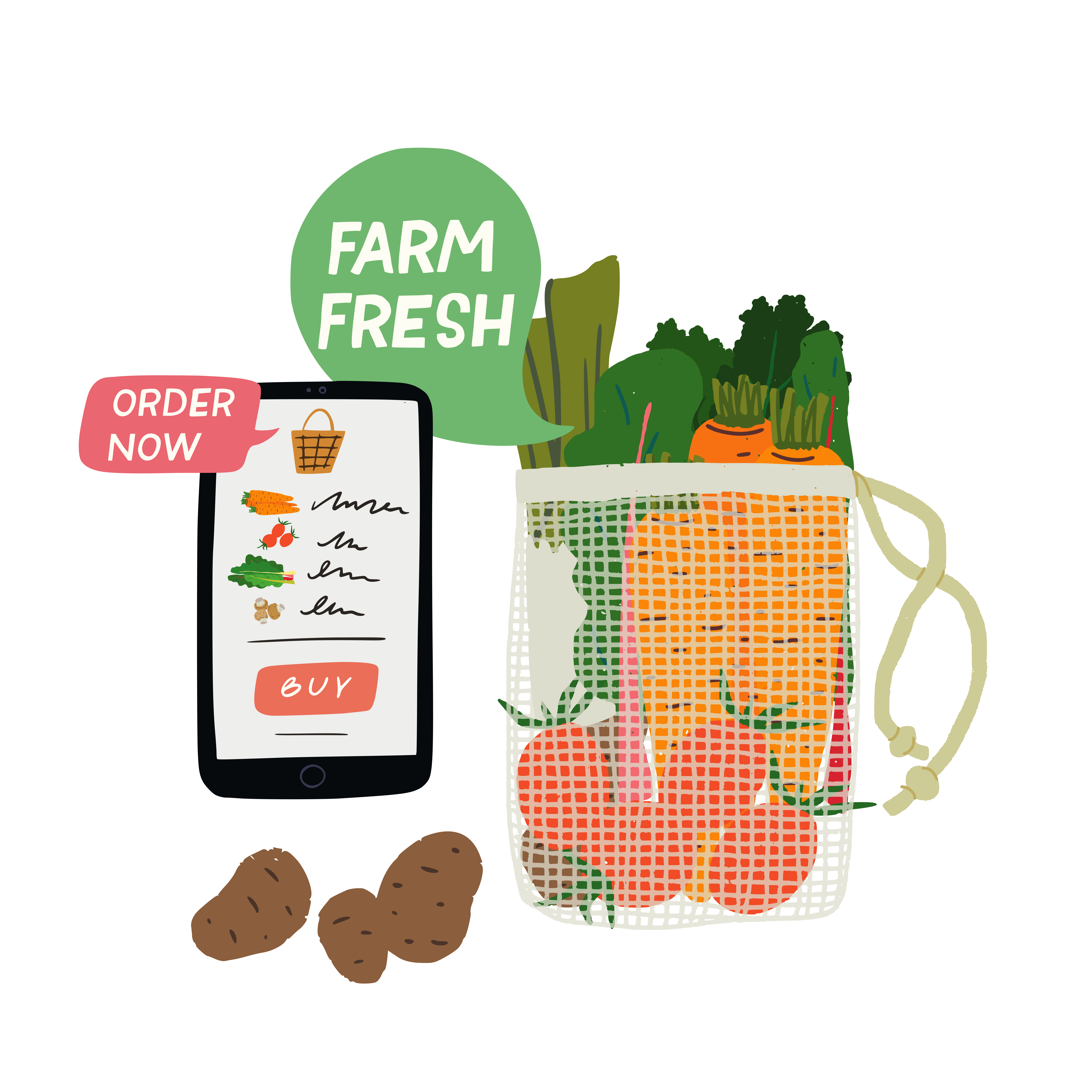Galicia has got to be my favourite place in Europe. Perched on the north-western coast of Spain’s Iberian peninsula, the region sticks out into the Atlantic and gets hammered by deep ocean swells and a yearly rain average more akin to Wales than what you would expect of Spain.
More importantly, its nutrient-rich deepwater coastline combined with fertile hilly landscape create a food lover’s paradise. The seafood is exceptional, and the markets are bursting with locally grown produce. Due to its numerous rias (estuaries), craggy coastline and hidden bays, Galicia has a rich history in piracy and shipwrecking, and continues to be a hot spot for drug trafficking, particularly from South America. This means it has a raw, authentic feel – Galicia hasn’t smartened itself up much for the tourism industry, and it’s one of those few remaining places that is unashamedly itself.
It also seems everyone is involved in food. Walking down the promenade in A Coruña, a port city in north west Galicia, it’s hard not to trip over people fishing from the breakwater. Every little plot and front garden has food growing regardless of the size or urban location. Lunch is a big deal in Spain, and work takes the back seat as families gather to share a meal and some wine. The centrality of food to the local culture is undeniable, but it’s the pride in the produce and the regional specialities that make it such a special place.
Simplicity in cooking and exceptional quality of ingredients are at the heart of Galician cuisine. The Mercado de Abastos is Santiago de Compostela’s largest food market. Stalls are absolutely brimming with produce from the local area; this is the home of the Padron pepper and there are huge baskets full of them. The seafood stands have everything from octopus to salt cod to percebes (goose-neck barnacles) – traditionally cooked in seawater and eaten straight away; they taste like the sea, but in a nice way!
Galician cheese is also exceptional. The local speciality is a young cow’s cheese, made into the shape of a small dome with a ‘nipple’ on top and aptly called ‘Tetilla’, which translates as ‘small breast’ and is used in desserts, particularly cheese cake. Another famous dessert, Tarta de Santiago, is a very special almond cake; it’s crumbly and especially delicious with a coffee.
But out of all the delicious food in the region, pulpo a la gallega has to be my favourite. Tender, fresh octopus served with boiled potatoes, gallons of olive oil and sea salt. To tenderise octopus, the norm is to freeze and then defrost; in Galicia, they whack it on a rock over and over again until it’s ‘tender’, which results in a sublime-tasting dish that loses none of its freshness.

If you’re tempted to give this a go at home, be careful where you get your octopus from. Fisheries vary in sustainability, so do your own research and ask questions at your local fishmonger. There’s not much research on octopus fisheries because there is low demand for it in the UK, but it is often caught as by-catch in crustacean pots. An octopus fishery on the coast of Galicia was the world’s first to receive the MSC blue tick, so if you’re not sure about sourcing sustainably, you could always save it as a holiday treat and add one more reason to put Galicia on the bucket list.
Caldo Gallego is another traditional staple from Galicia – a cabbage soup made using collard greens, which are grown all over the place. It’s a delight in its simplicity, often seasoned using pork lard which can catch an unsuspecting vegetarian out.
Delicious cooked in a tiny bit of olive oil and sea salt, I don’t think there’s a single bar or restaurant in Galicia that doesn’t serve Padron peppers when they are in season, usually enjoyed with a cold Estrella Galicia – the ubiquitous local beer.
I’ve been incredibly lucky enough to have spent a considerable amount of time living and working in Galicia, and just thinking about it makes me deeply nostalgic about the place, the food, the people and the beaches. If you get the chance, make sure you explore this beautiful corner of Spain – but until then, why not have a go at cooking some of the regional specialties like the Tarta de Santiago, or simply serve up some flaming hot Padrons with ice cold beer next time you have company.

Tarta de Santiago
Ingredients:
6 egg whites
250g golden caster sugar
6 egg yolks
250g ground almonds
zest of 1 lemon
1 tsp of cinnamon
icing sugar
Method:
(Preheat oven to 180°C/Gas 4)
1 Whisk the egg whites with 1 tbsp of the caster sugar until stiff peaks have formed
2 Cream the sugar and the egg yolks. Fold in almonds, egg whites, lemon zest and cinnamon.
3 Pour mixture into a 28cm round cake tin. Bake in the oven for 45 minutes or until a skewer comes out clean.
4 Allow to cool, make a stencil of the St James Cross and dust it on with icing sugar for the traditional look.
This article was originally published in the Wicked Leeks summer 2021 issue. You can read the full magazine for free on Issuu here.













Lovely reminder of my time walking part of the Camino. I was freaked out when they served me Octopus! The suckers were huge and so creepy!
We went to Padron , and not a pepper in sight, sadly …probably too early in the year, around Easter
I loved the Santiago cake though!